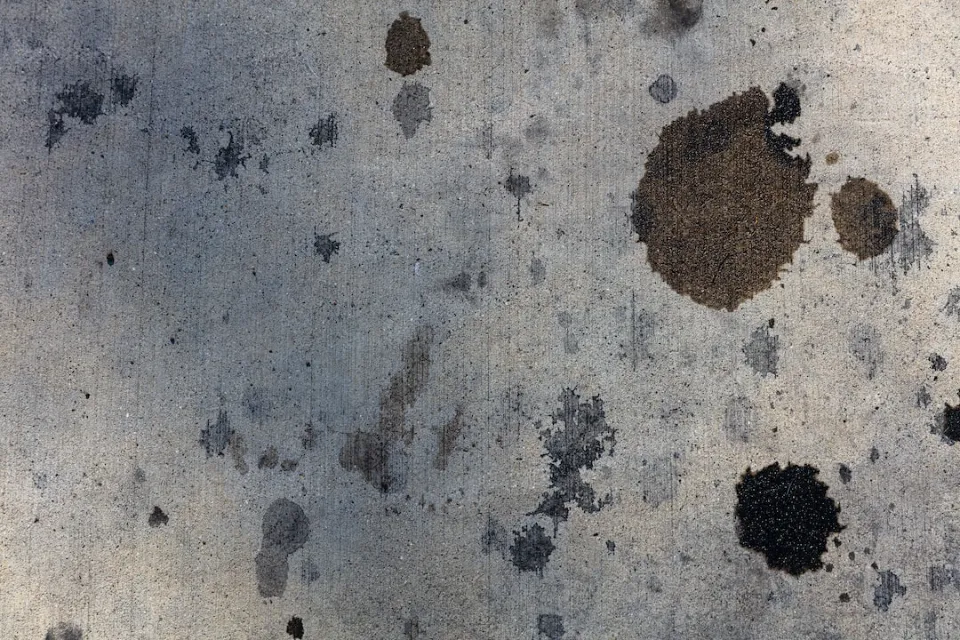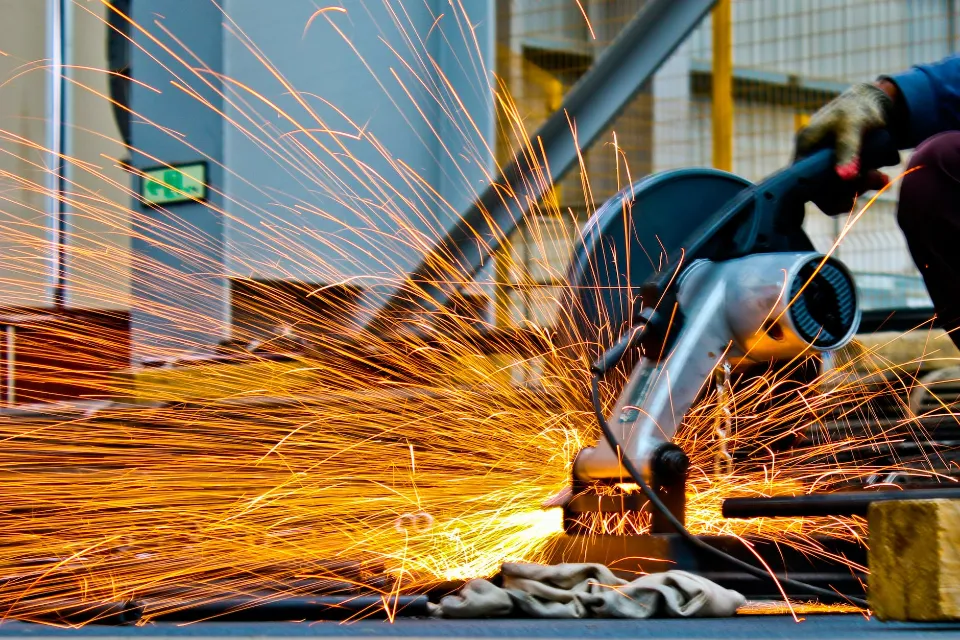
Heating systems with a combi boiler include diverter valves. They direct the hot water from the boiler to the hot water faucets or the radiators. Depending on which you prefer at the time. You can learn some fundamental information about a diverter valve’s function, significance, and definition in the sections below.
Table of Contents
What is a Diverter Valve?
A combi boiler has a device called a diverter valve that can be opened or shut to direct hot water to radiators, faucets, or showerheads. Because diverter valves are only necessary for boilers where water is heated on demand and system and conventional boilers store hot water in a storage cylinder, diverter valves are not found in these types of boilers.
The combi boiler will heat water when a specific hot water tap is opened, and the valve will send the heated water there instead of to the home’s radiators or other taps. The combi boiler will operate the radiators similarly if the heating is activated. The diverter valve will send hot water to the shower in preference to the radiators if the heating is on and someone opens the hot shower tap while the heating is on until the shower is closed.
What Are the Different Types of Diverter Valves?
The tee diverter, two-valve diverter, and three-valve diverter are the three types of shower diverter valves that are mentioned.
- A tee diverter is a simple straight-pull handle that directs water to the showerhead. After using the shower, you can turn off the water by pushing the tee back down.
- A two-valve diverter is fitted using two central L-shaped valves of a typical faucet. A single dial is located in the middle of the two temperature taps on a two-valve diverter that controls the water temperature.
- A three-valve diverter is installed on two-tap faucets. The water flows out of the third faucet, such as a showerhead, by turning the diverter after the hot and cold water taps have been turned on and the water has gotten to the desired temperature. Turning it in the opposite direction will turn it off and put it back where it was.
How Do Diverter Valves work?
With the aid of diverter valves, the heating is prioritized over the hot water for your faucets. You will therefore be given preference over the radiators if you have the heating on and would like a warm shower.
How Do I Know If My Diverter Valve is Faulty?
Verifying that a diverter valve is defective in the first place is the first step in fixing it. The most common symptoms of a faulty diverter valve are:
I have hot showers but my radiators stay cold
If the hot water taps continue to function while the radiators remain off, a diverter valve may be malfunction.
I can only get lukewarm water from my taps
Having only lukewarm water coming out of your faucets is another indication that your diverter valve is broken. The diverter valve is likely stuck in this situation, allowing some hot water to leak through to your radiators.
My hot water only turns on when central heating is on
An inoperable diverter valve frequently goes undetected until the warmer months, when central heating is no longer required. Your diverter valve is probably not properly diverting hot water if hot water only flows from your faucets when the central heating is on.
How to Spot a Diverter Valve Fault?

The diverter valve can jam because it is a moving component. Older boilers frequently encounter this issue.
Should you be experiencing any of the following, then there might be a fault with the diverter valve in your boiler:
- You have to turn the heating on to get hot water
- There’s plenty of hot water but no heating
- You only get lukewarm water from the hot tap
If you experience any of the aforementioned problems with your hot water and central heating, we’ve listed the typical diverter valve issues’ root causes below.
What Are Common Diverter Valve Problems?
A crucial component of combi boilers is diverter valves. Therefore, a problem could impact the heating and hot water throughout your entire house.
The most frequent issues with moving parts are brought on by their tendency to get stuck.
No Hot Water
If the water from the hot tap isn’t warming up, try turning on the heating to see if that helps. It’s very likely that there is a diverter valve problem if you notice that the water suddenly becomes hot.
Hot Water But No Heating
The diverter valve being stuck is a likely reason. This implies that even though hot water will be delivered to the faucets, your heating system won’t warm up.
Lukewarm Water
You may experience lukewarm water from your faucets if your diverter valve becomes stuck. This occurs when the diverter valve on the heating side is just slightly stuck open. The hot water at the faucets won’t get all of the heat it should.
How Do You Free a Stuck Diverter Valve?
We advise calling a licensed heating engineer to come to take a look at the diverter valve for you rather than attempting to fix it yourself. Any work done on a gas appliance is risky and, if not done carefully, could further harm the boiler.
Checks can be performed by a boiler engineer to determine whether a malfunctioning diverter valve is to blame for the issues or if there is another problem at the root of them. Most likely, the valve has simply become stuck over time and needs to be cleaned with a commercial chemical cleaner before being reinstalled.
Depending on how bad the issue is, the engineer might also suggest that you replace the valve. Checking to see if your boiler is still covered by warranty is something we advise. In that case, your diverter unit might be replaced without cost to you. If not, you will also need to account for the engineer’s time and the replacement valve, which may cost anywhere from £5 to £200.
When a combi boiler is older than ten years, it may be more cost-effective in the long run to replace the entire boiler system. Following system checks, your heating engineer will be able to give you advice on this.
How to Install a New Shower Diverter Valve?
The first step is to take out your old shower head now that you are aware of the locations of the diverter valves. In terms of their grip, showerheads can become more restrictive with time. When that happens, a wrench will enable you to remove it. Install the new diverter in the pipe after removing the old showerhead. To avoid potential water pressure loss and leaks, make sure the diverter is fastened securely by tightening the screws.
Start the showerhead’s reinstallation by inserting it into the diverter valve after the valve has been secured. The handheld showerhead must now be firmly inserted into the other portion of the valve and secured there. To avoid possible leaks, ensure that everything is tightly fastened. A test to see if there are any leaks should be done by switching the valve, and lastly.

How Do You Repair a Faulty Diverter Valve?
You should seek the advice of a licensed Gas Safe Engineer if you have a boiler problem, particularly if it appears to be internal. An engineer will know exactly how to diagnose your boiler’s issue and ascertain whether the problems you are experiencing are due to a broken diverter or something else.
The diaphragm is frequently the cause of a broken diverter valve in boilers. However, in order to minimize labor costs and repair time, engineers frequently choose to replace the entire diverter valve.
How Do I Test a Boiler Diverter Valve?
We advise calling a Gas Safe Register-registered engineer to look at your diverter valve if you think it might be broken. While some inspections can be performed as easily as removing the boiler cover and checking for the diverter valve, it is prohibited to perform any boiler maintenance.
What Happens When Diverter Valve Fails?
Among the most noticeable signs that the air diverter valve is damaged is your car running sluggishly. Your car’s air/fuel mixture is crucial to keeping it running smoothly. This mixture will be thrown off if the air diverter valve is malfunctioning, and the car will run and idle poorly as a result.
What Are Diverter Valve Costs?
A diverter valve will be installed as standard equipment when installing a new Combi boiler. You’ll have to buy a new one if it ever needs to be replaced, though.
The diverter valve will probably cost between 75 and 200 pounds, but this does not include the cost of installation, which will vary depending on the engineer doing the work.
The best type of diverter valve for your system will be suggested by the engineer, but if you want to shop around and find one that fits within your budget, you’ll need to know what you’re looking for. Since there are many different Combi boiler models, there isn’t a diverter valve that “fits all,” so you’ll need the appropriate size for the Combi boiler that is currently installed in your home.
The majority of the models you’ll find will either provide heating or hot water, but a mid-position diverter valve enables you to have heating, hot water, or both. The ability to use hot water and keep your radiators warming up makes them generally more expensive, but they are well worth the extra cost.
The installation, whose cost will vary depending on the installer performing the work, is not included in the potential costs; it only covers the diverter valve. Fill out our online form to receive free quotes from several reliable engineers in your area.
Can I Fix a Diverter Valve Myself?
Unfortunately, due to the position of the diverter valve within the combi boiler and the regulations on Gas Safety, a faulty valve isn’t a DIY fix. In order to make sure that everything is left operating safely and effectively, we would advise having a Gas Safe engineer take a look at it for you.
Summary
A combi boiler’s diverter valve is a device that opens and closes to direct hot water to either radiators or faucets and showers.
If your water is lukewarm, if your hot water taps function but your central heating does not, or if your hot water taps only function when the central heating is on, a diverter valve may malfunction.
Always call a qualified engineer to free a stuck diverter valve; depending on the model’s age, you may then need to clean the valve or replace it entirely.



